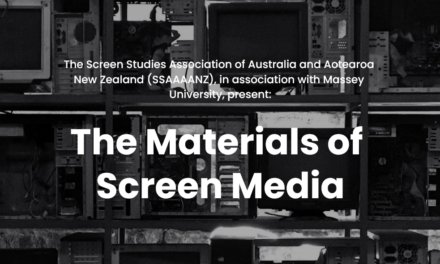So far, the research has shown that women have less voice in the media than men do, both as the creators of news, the subjects, and the interviewees. This exclusion is especially in the most appealing sections such as politics. Moreover, some research studies show that women traditionally occupy so called “feminine” area such as health, but when those areas move to the news and become part of the news agenda then women get pushed out and men take over what used to be a feminine area.
Therefore, this book wants to examine the position and experience of women in the media in both respects, i.e 1) whether they are now experiencing the privilege of writing in the most important and most popular sections such as news, or are they still regulated to the place of women: health, lifestyle and food, and 2) whether they are used as sources by journalists and if so in which areas. Thus, news is understood as a product not just created by a journalist (be it male or female) but also as a product created by its sources due to journalistic dependence on sources (be it male or female) that are sometimes driving the coverage of the media.
We are interested in both western and non-western perspectives, which would enable full cultural and intersectional exploration of the issue. For example, in the US, now president Donald Trump’s campaign was partially centred on demeaning women and their position in the society. This sexism has continued into his presidency and affecting women right’s issue such as access to birth control. Scholars have been reporting about problematic representation of women in the US media for decades, and it would be relevant to find out to what extent Trump relied on these mechanisms or if he altered them (i.e., his constant criticism of mainstream media as fake news). Has the election and presidency changed the experience of women in the media?
On the other hand, non-western countries have also faced other legislatives demeaning to women, e.g. proposals to ban abortion by elected Governments such as in Spain. In some other countries, such as post-Communist Europe, women have been seen as birth givers and those who are supposed to care for ethnic purity of the nation. Thus, it would be significant to see how media in variety of countries portray women and to what extent are women used as speakers for news coverage and to what extent female journalists occupy important positions in newsrooms.
Thus, proposed chapters should concentrate on the news production and aim to explore what topics women cover in respected case study, and for which stories are women used as sources. Chapters can be single studies but comparative and regional studies are particularly welcome. Historical perspectives or chapters offering historical analysis and linking history with present are also encouraged.
Abstracts should be sent by 15 January 2018 to both editors at the following email addresses,
M.Topic@leedsbeckett.ac.uk and sydney.heifler@seh.ox.ac.uk
Abstracts should not be longer than 500 words, and the completed chapters should be no more than 7000 words. Extensive theoretical introductions are not necessary in chapters because an introductory study will provide an overview of existing work and debates surrounding the position of women in the media. Case study context should be explained in each chapter.
When we receive an abstract, we will contact the publisher. We aim to publish the collection in the UK or the US, and we have contacts with mainstream academic publishers who have expressed interest in publishing this book.
Important dates
- Abstract submission deadline: 15 January 2018
- Decisions: 15 February 2018
- Full chapters due: 15 June 2018





